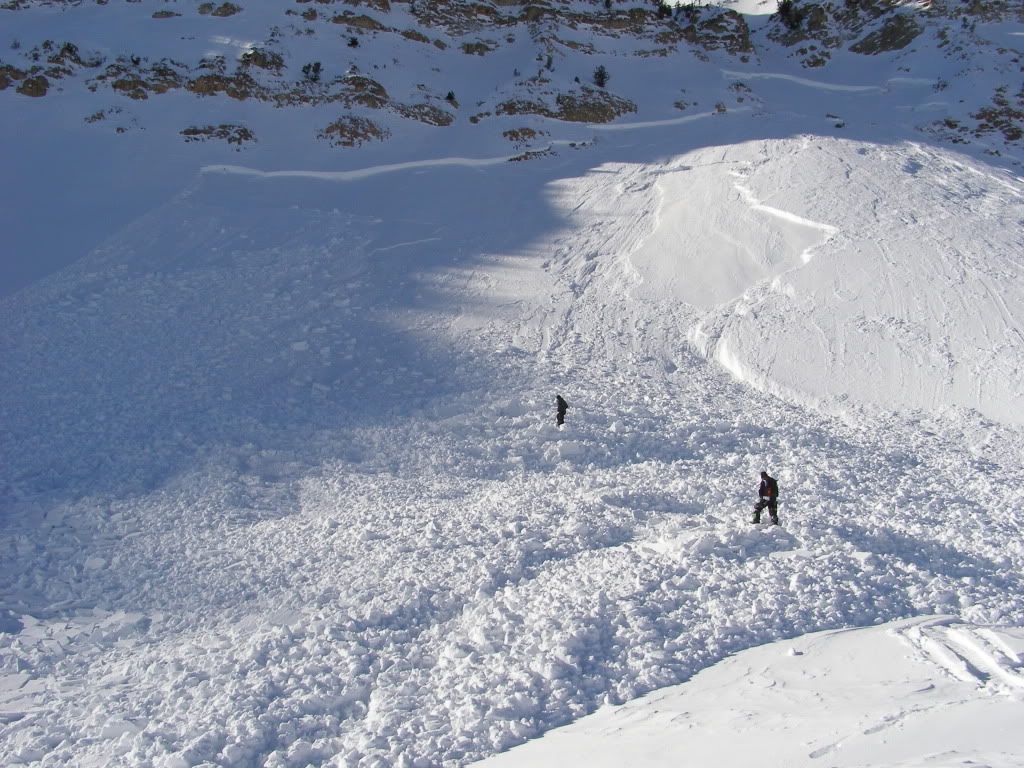Without the loose stuff comming down, it is still possible for later snows to make it safer somehow?
.
Those bad layers will not get better with more snow, just harder to trigger, which can have disastrous results. It is called a persistent layer.
Follow along with the video below to see how to install our site as a web app on your home screen.
Note: This feature may not be available in some browsers.
Without the loose stuff comming down, it is still possible for later snows to make it safer somehow?
.

So whats your solution?? not riding for a year??

Without the loose stuff comming down, it is still possible for later snows to make it safer somehow?
.
At this stage, probably the best thing would be a massive snowfall that would create enough stress on our weak snowpack to trigger a lot of slides NATURALLY. Kind of like starting with a clean slate. The trick is staying off of those slopes immediately after the storm.
This attitude is exactly why people die in slides. Hope you have life insurance bud.
I doubt your life insurance covers this. I would check. Mine will not.
I doubt your life insurance covers this. I would check. Mine will not.
Anyone else notice the multiple weak layers? If you look at the bed surface after the slide it looks like there are at least 3 distinct weak layers that the slide broke on. That is SCARY.
Several people have asked about a video with no response. The pics look like someone taking pictures of a video playing on a TV or video screen. IS THERE A VIDEO AND CAN YOU POST IT! Thanks.

